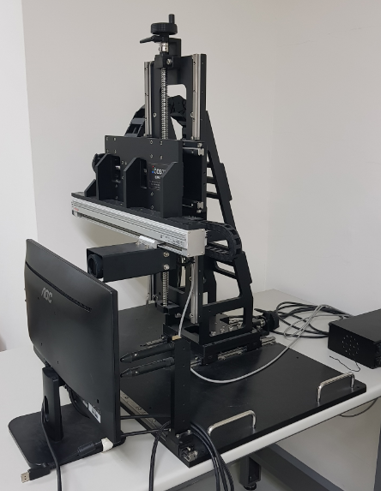PRODUCTS
- Home
- Products
- Response Time/Flicker
- Vismotion-M Display Motion Blur Measuring System
Response Time/Flicker
Vismotion-M Display Motion Blur Measuring System
- Features
- MPRT measurement simulates human eye behavior to quantify actual motion blur situations.
- It mimics eye tracking to directly quantify motion blur levels on VR displays.
- Through advanced software techniques, smooth scrolling images are directly sent out by the graphics card.
- Unique alignment correction technology ensures more accurate measurement results.
- Images and curves are simultaneously recorded and can be reviewed for research purposes at any time.
Description
- iboson Vismotion, a visual motion analysis system designed for measuring response times, motion blur, and other performance metrics in displays, light sources, and optical systems. This system employs high-speed imaging and advanced analytical algorithms to capture image variations, enabling the assessment of devices' rapid response and motion blur characteristics. Vismotion aims to provide users with a comprehensive understanding of visual system performance, offering valuable insights and data for optimizing product design and manufacturing processes.
- Vismotion-M primarily targets mobile devices and platforms such as smartphones and tablets. It focuses on capturing motion blur on these devices to assess their display performance during mobile usage.
- Vismotion-M assists developers in better understanding image clarity and response times on mobile devices, aiding in optimization and improvement.
- Vismotion-M has developed the latest VESA CMR measurement functionality and integrated it into the same system, which is faster and more convenient than using a general high-speed camera to measure CMR.
.png)
Vismotion-R Hardware Specifications
Camera Resolution: 2448X2048
Camera Field of View: 19.34x16.21 mm
Measurement Area Field of View (interchangeable lens): 4.8mm
Minimum Measurable Pixel Size: 24 um
Recommended Measurement Size: 2”~10”
.jpg)
Vismotion-M Hardware Specifications
Camera Resolution: 2448X2048
Camera Field of View: 19.34x16.21 mm
Measurement Area Field of View (interchangeable lens): 26mm
Minimum Measurable Pixel Size: 130 um
Recommended Measurement Size: 12”~32”
| Vismotion-M Specifications | |||||||
|---|---|---|---|---|---|---|---|
| Measurable sample height range | 450 mm | ||||||
| Manual adjustment of horizontal range | 100 mm | ||||||
| Minimum image capture pixel | above 50μm | ||||||
| Measurement area field of view | 26mm(Interchangeable lenses) | ||||||
| Minimum landscape pixel | 2448 pixel | ||||||
| Distinguishable smear width | <11um | ||||||
| Brightness measurement range | above 0.1 cd/m2 | ||||||
| BET measurements | below 1 ms | ||||||
| MPRT reproducibility | within± 1% ( Combinations excluding L0-L1 and L1-L0) |
||||||
| Dynamic picture response curve | 12 bit | ||||||
| Detector host size(mm) | 820(W) × 650(D) × 870(H) | ||||||
| Detector host weight | 15kg | ||||||
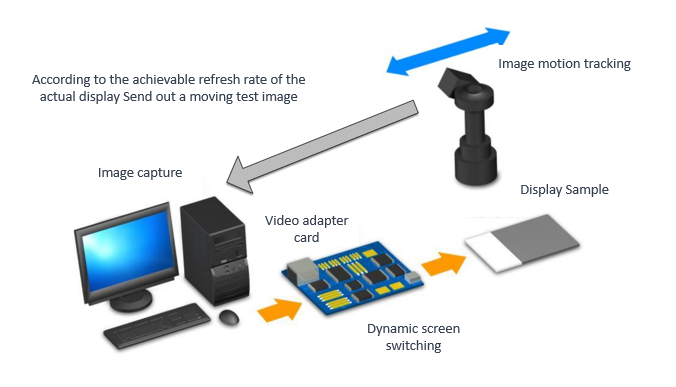
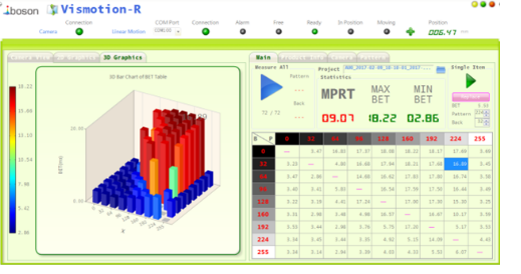
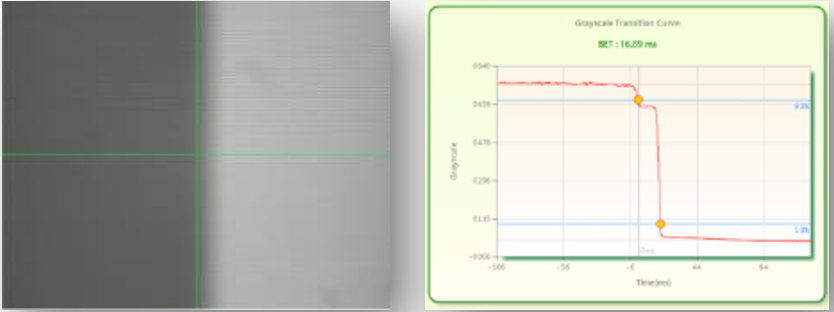
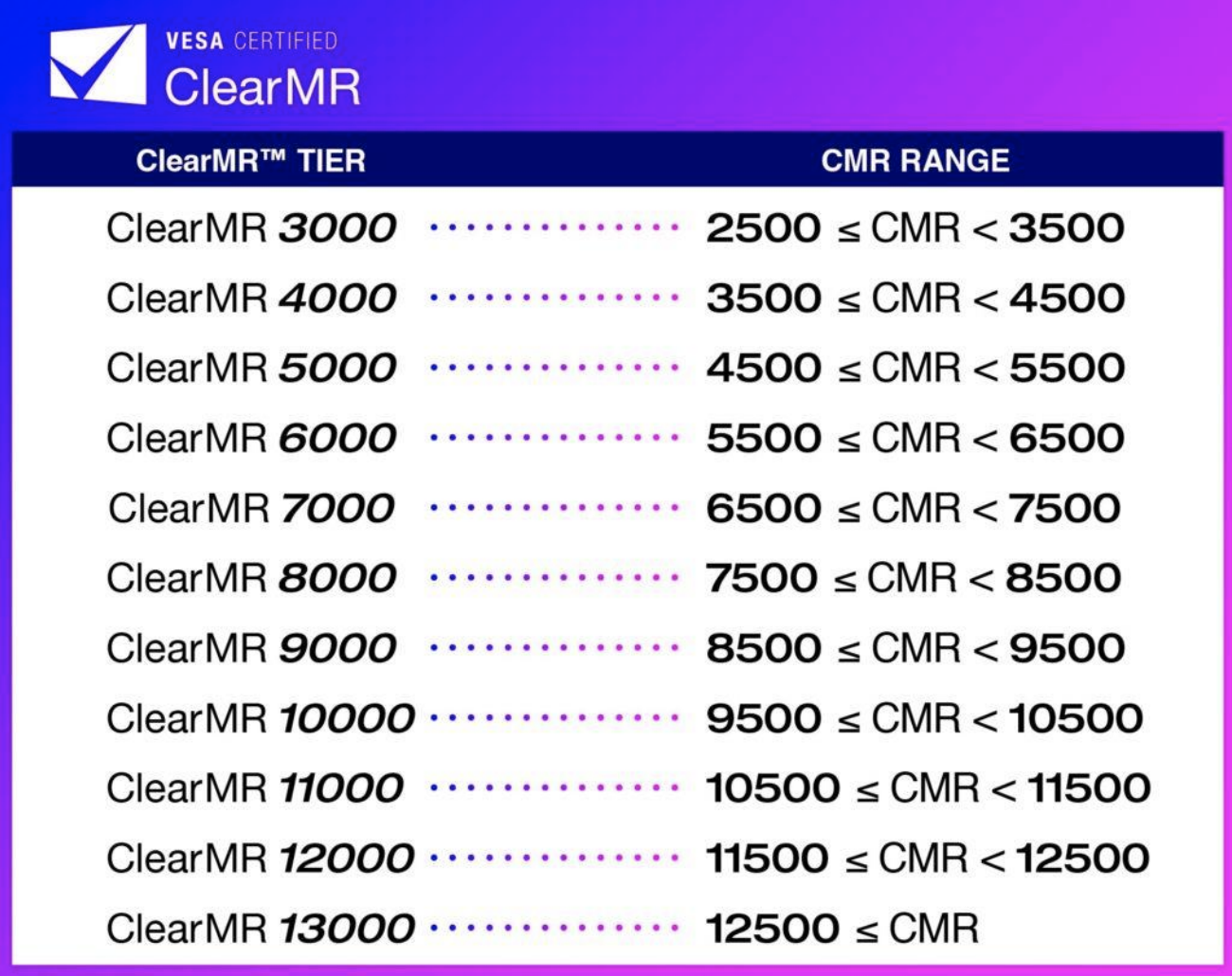
Why does VESA need to develop CMR?
MPRT Issues- People are less sensitive to time representation and cannot accurately distinguish differences in ms levels.
- Many image enhancement and blur removal techniques cannot be fully represented by time-based metrics alone.
- Excessive overdrive causes artifacts and distortion that can negatively affect image quality.
- Improving the current performance of certain grayscale MPRTs that work particularly well is considered a matter of specs.
- Allowing consumers to fairly compare the motion blur qualities of display products.
- CMR specifications are divided into 11 levels by grade, and the difference in grade can be directly felt.
- Higher CMR numbers indicate higher image quality and less blur.
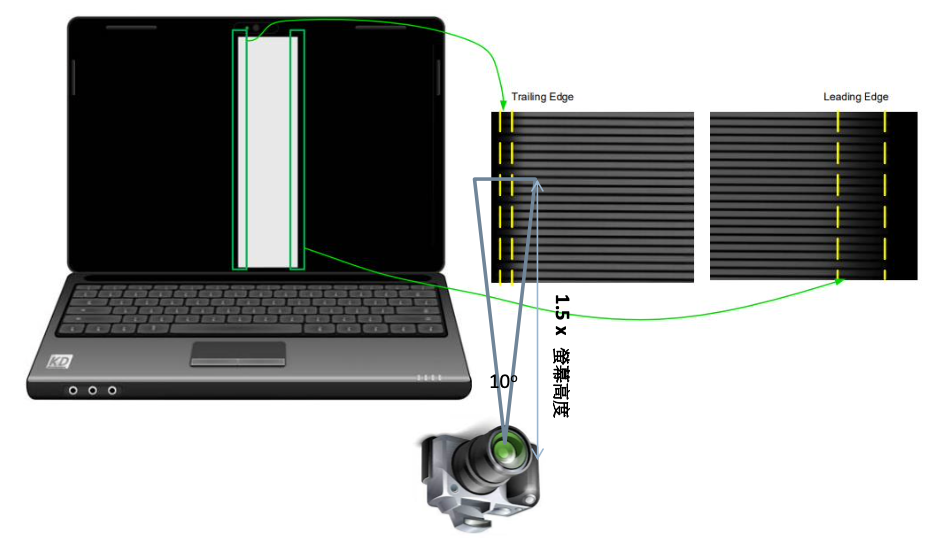
- With a viewing angle of 10 degrees and an observation distance of 1.5 times the height of the screen, a scrolling Bar moving at a constant speed has a blurred and clear ratio at the interface between light and dark.
- CMR calculates gray levels not as equal gray levels, but divided according to brightness 25%, 33%, 67%, 75%, and 100%. The measurements are respectively CMR leading and CMR trailing. Calculate the overall CMR according to the formula.
- In the past MPRT measurement, the monitor could achieve beautiful measurement data by over-adjustment, but this would cause side effects on the screen. CMR limits the overshoot/undershoot ratio. It is recommended to turn off Backlight Strobing.
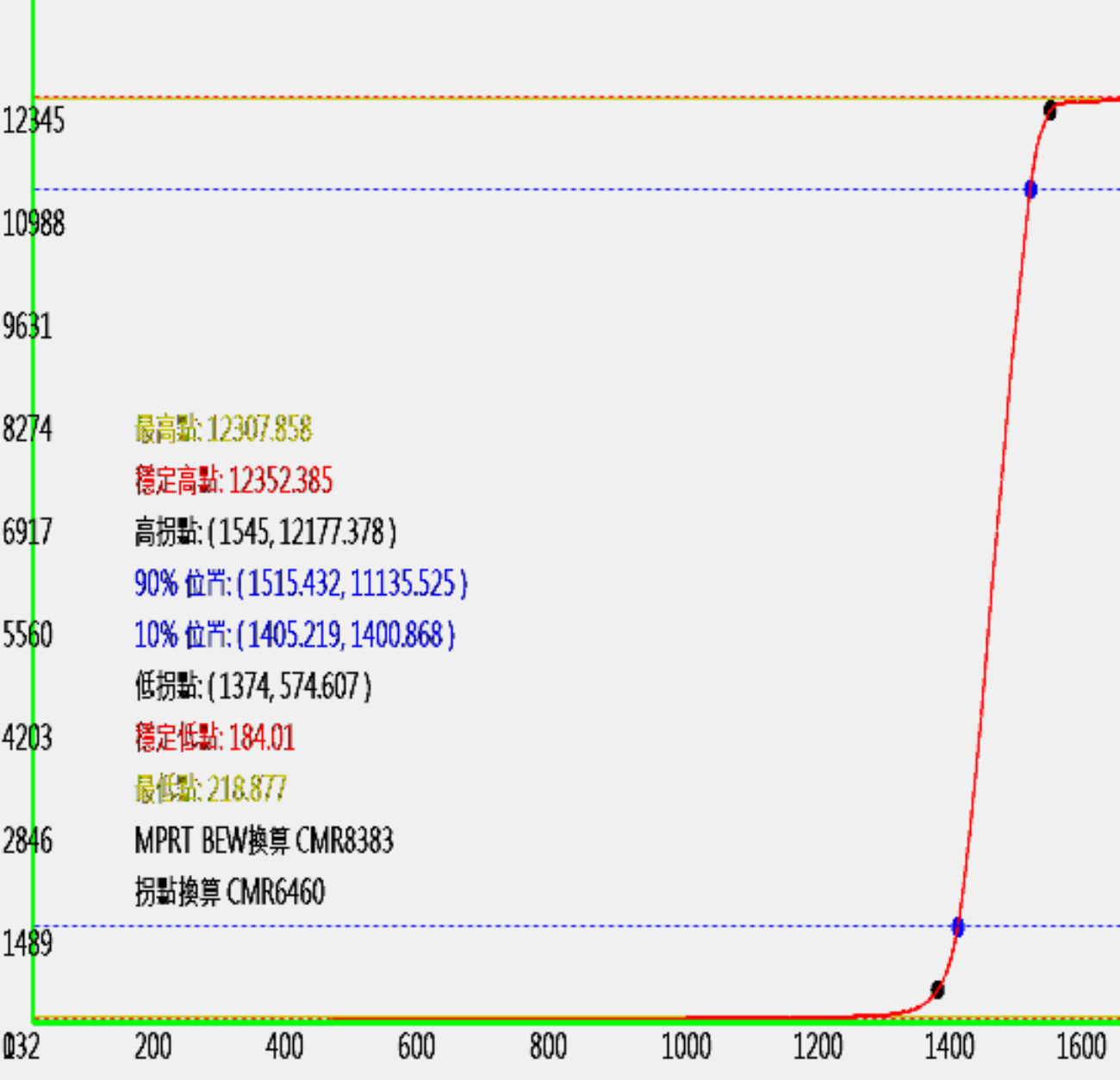
CMR Blurred Edge BEW definition changes
- When MPRT is measured, the width of a fixed 10% ~ 90% brightness (blue point) is used to push back the entire blur range, so the blur range will be greatly underestimated.
- CMR is calculated using the inflection point (black point), so the blur range can be calculated more accurately.



